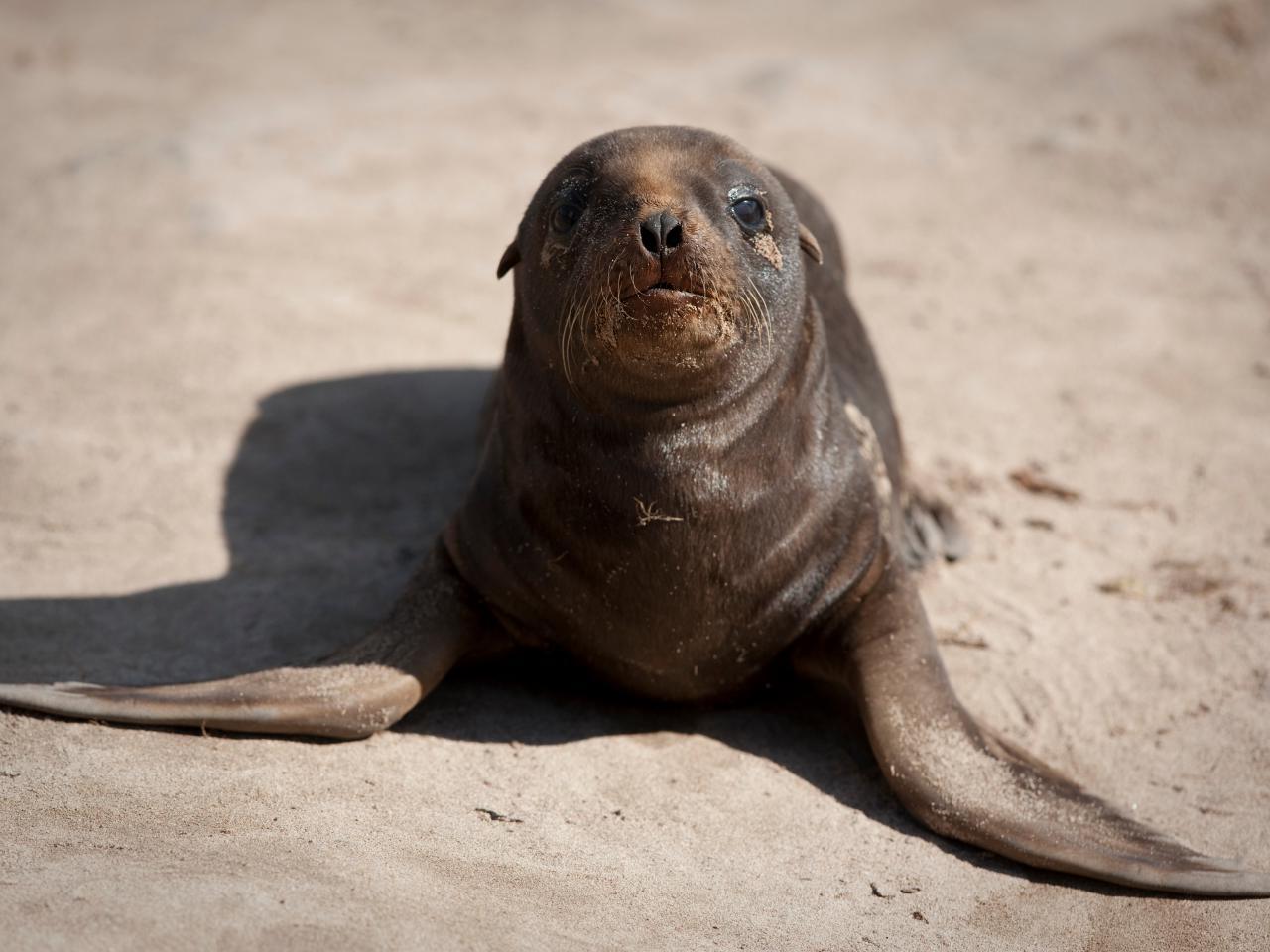
Ever wondered why sea lions always seem to be having more fun than the rest of us? Is it their playful nature, their impressive underwater acrobatics, or simply their ability to nap in the sun without a care in the world? Sea lions are fascinating creatures, and there's so much more to them than meets the eye. From their unique communication methods to their incredible diving abilities, these marine mammals are full of surprises. Ready to dive deep into the world of sea lions and uncover some jaw-dropping facts? You're in for a treat! Let's plunge into the intriguing universe of these charismatic creatures and discover what makes them truly remarkable.
Key Takeaways:
- Sea lions are social, playful marine mammals with unique abilities. They face threats from human activities and climate change, but conservation efforts are underway to protect them and their habitats.
- Sea lions are not seals! They have external ear flaps, are skilled hunters, and can swim up to 25 miles per hour. They play a crucial role in marine ecosystems and are symbols of good luck in some cultures.
What Are Sea Lions?
Sea lions belong to a group of marine mammals known as pinnipeds, which also includes seals and walruses. Unlike their relatives, sea lions are known for their ability to "walk" on land using their large flippers. This unique feature, along with their playful nature, makes them a favorite among wildlife enthusiasts.
-
Sea lions are not the same as seals. One key difference is their ear structure; sea lions have external ear flaps, while seals have internal ears.
-
These marine mammals can be found along most coasts and cold to temperate waters of the Northern and Southern Hemispheres.
Sea Lion Habitats and Diet
Sea lions are adaptable creatures, making their homes in a variety of marine environments. From the rocky shores of the Pacific Ocean to the sandy beaches of the Galapagos Islands, these animals thrive in diverse habitats.
-
Their diet mainly consists of fish, squid, and octopus. Sea lions are skilled hunters, often working together to herd their prey.
-
Some species of sea lions are known to travel up to 50 miles in search of food, demonstrating their incredible stamina and navigation skills.
The Social Life of Sea Lions
Sea lions are highly social animals, often seen resting together on beaches or floating in groups in the water. These gatherings, known as rafts, can include hundreds of sea lions.
-
Communication is key in their social structure. They use a variety of barks, grunts, and roars to communicate with each other.
-
Breeding colonies, also known as rookeries, can be quite noisy during mating season as males vie for the attention of females.
Threats to Sea Lion Populations
Despite their adaptability, sea lion populations face several threats. Human activities, such as fishing and pollution, pose significant risks to their survival.
-
Entanglement in fishing nets and marine debris can lead to injury or death for many sea lions.
-
Climate change also affects sea lion populations by altering their habitats and food sources. Rising ocean temperatures and changing currents can disrupt the ecosystems where they hunt and live.
Conservation Efforts for Sea Lions
Efforts to protect sea lions and their habitats are underway around the world. Conservationists and researchers work tirelessly to mitigate the impacts of human activities and climate change on these marine mammals.
-
Marine protected areas (MPAs) have been established in several regions to safeguard sea lion habitats and ensure their food sources remain abundant.
-
Rehabilitation centers care for injured or sick sea lions, often releasing them back into the wild once they have recovered.
-
Public education campaigns raise awareness about the importance of sea lions to marine ecosystems and the threats they face.
Fascinating Facts About Sea Lions
Sea lions possess several remarkable traits and abilities that set them apart from other marine mammals.
-
They are excellent swimmers, capable of reaching speeds up to 25 miles per hour in short bursts.
-
Sea lions have a highly developed sense of hearing, both underwater and on land, thanks to their external ear flaps.
-
Their whiskers, or vibrissae, are incredibly sensitive and help them detect movement in the water, aiding in hunting.
-
Some species of sea lions can dive to depths of over 600 feet in search of food.
-
Sea lions play a vital role in their ecosystems, acting as both predators and prey. They help maintain the balance of marine life in their habitats.
-
In some cultures, sea lions are seen as symbols of good luck and guardians of the sea.
-
Research on sea lion behavior and physiology helps scientists understand more about marine ecosystems and the impacts of environmental changes.
-
Sea lions are known for their intelligence and have been trained to perform tasks for entertainment, as well as for military purposes.
-
Despite their playful demeanor, sea lions are wild animals and should be observed from a safe distance to ensure the safety of both the animals and humans.
A Final Splash with Sea Lions
Sea lions, those playful marine mammals, have certainly given us plenty to think about. From their unique vocalizations to their impressive diving skills, every fact about them adds another layer to our understanding of marine life. They're not just animals; they're ambassadors of the ocean, teaching us about the marine ecosystem's complexity and beauty. Whether it's their role in their habitats or their interactions with humans, sea lions continue to fascinate and inspire conservation efforts. Remember, next time you're near the ocean, keep an eye out. You might just catch a glimpse of these incredible creatures frolicking in the waves or basking in the sun. Their world is a splash of wonder, and we're just beginning to dive deep into understanding it.
Frequently Asked Questions
Was this page helpful?
Our commitment to delivering trustworthy and engaging content is at the heart of what we do. Each fact on our site is contributed by real users like you, bringing a wealth of diverse insights and information. To ensure the highest standards of accuracy and reliability, our dedicated editors meticulously review each submission. This process guarantees that the facts we share are not only fascinating but also credible. Trust in our commitment to quality and authenticity as you explore and learn with us.


